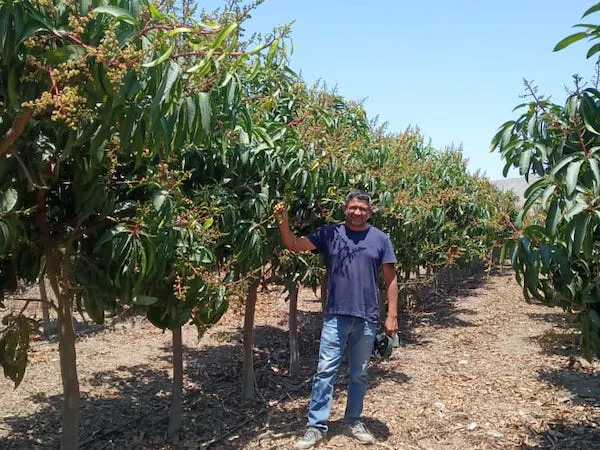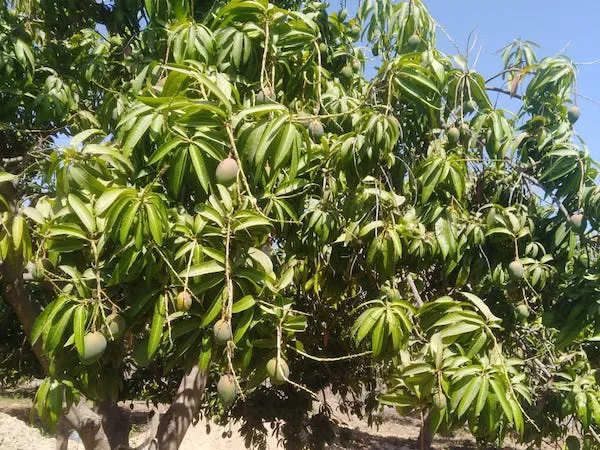The Peruvian mango season is set to start in the middle of November with the northern growing region of Piura. This start is a few weeks late, which is the result of cooler weather in June and July which delayed the flowering period, according to Milton Calle of Exotic Producers and Packers. The volumes this year are expected to be lower than last year, too.

Off-year for Peruvian mangoes
In addition to the cooler temperatures in June and July which delayed the flowering of the mango trees, this year is also an off-year for the Peruvian mango production. “Last year was an on-year but this year the volumes will be lower,” Calle explains. “The flowering showed a reduction of about 25-30% from last year, but this doesn’t necessarily mean that the overall production will be 25-30% lower as well. Often times during an off-year, the exporters will reduce their quality standards a bit and take smaller sizes as well as mangoes with some skin damage, which are usually destined for the processing side of the industry and move it into the fresh side. So, we are expecting to see no more than a 15-20% reduction in exported volumes this year,” he adds.
While the flowering way delayed, it also went on for much long than it usually does. Calle shares: “Usually, flowering lasts until August, but this year the flowering went until early October, so it was a much longer flowering season. This means that the season will be extended much longer and there likely won’t be any big peaks in volume. The Piura season is expected to last until the end of February this year, which means it will overlap with the Motupe season which starts in February.”
Drought worries growers
The region of Piura, which produces about 70% of the mangos in Peru, has been experiencing a drought recently which has worried the growers in the area. “There haven’t been enough rains, and the San Lorenzo reservoir in Piura is down to only about 30% capacity which is not enough to last us through the season. If this keeps up, it could affect this season’s volume, sizing and quality. It’s very unpredictable - if it rains, we’ll be okay, but we don’t know if it is going to rain. We need the rain to come very soon,” Calle says.
He adds: “The next irrigation is set to happen the first week of November, which should last us through the following 30-45 days, depending on the crop’s soil type. But if we can’t access more water, either through rainfall or another way, before the end of that period, the impact on the crop could be severe, with lower volumes, smaller sizes, and overall poor fruit quality.”

Kent mango dominates Peruvian production
While there are small volumes of Keitt mangos grown in Peru, which will be harvested in February, the majority of Peru’s production is Kent mangos. “We export 60% of our volumes to Europe, because the Kent variety is the preferred variety there. Then the rest of our volumes go to the US or to other countries like Canada and South Korea. The other countries that are in season at the same time as Peru mostly produce other varieties - Ecuador, for example, has high volumes of Tommy Atkins, and so they export a lot to the US, where both Tommy Atkins and Kents are popular. Brazil will also supply the market until the middle of December,” Calle shares.
“Peru will go until April with fruit from the Casma region. In February, when Mexico starts up, our main focus will shift to Europe, which will take about 95% of the production at that point up until April. Overall, due to the lower volumes this year, I’m, expecting to see better prices than last year on the market this season,” Calle concludes.
 For more information:
For more information:
Milton Calle
Exotic Producers and Packers
Tel: +51 942601792
Email: mcalle@ep-p.com.pe
www.ep-p.com.pe
